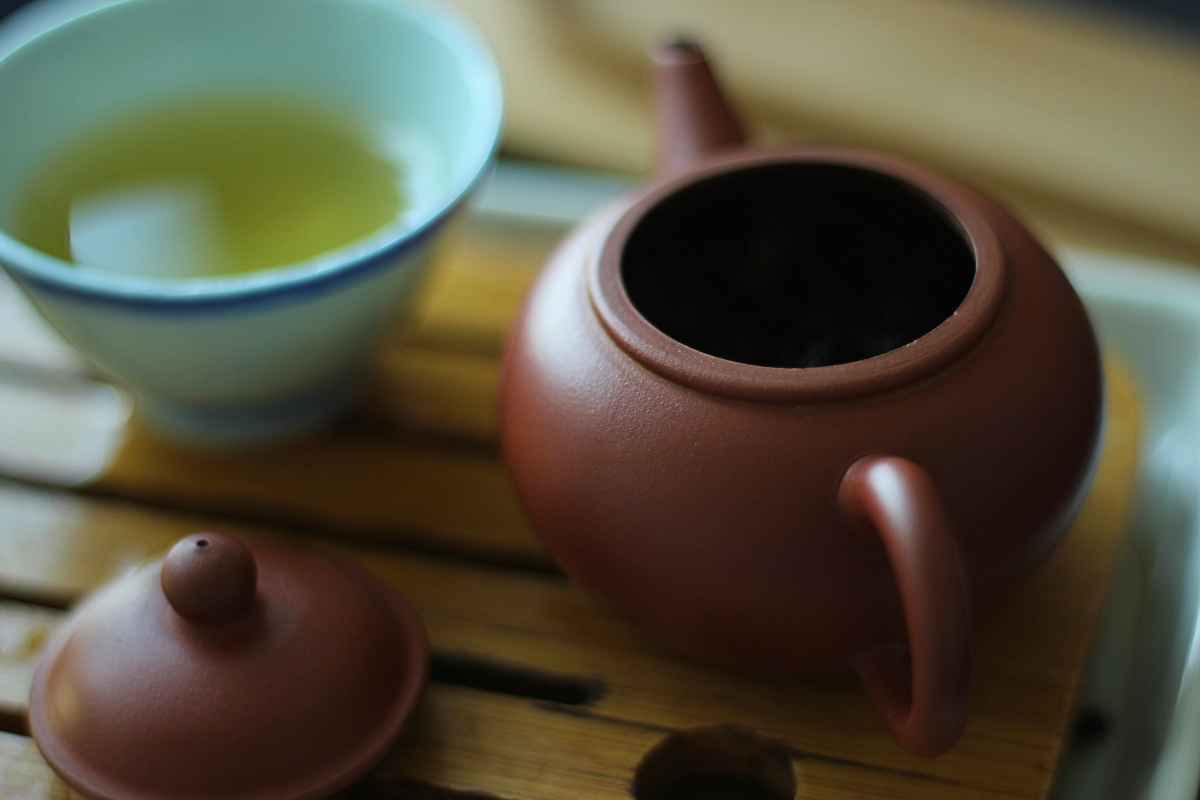I’m still going through some of the samples Teamania sent me last summer and the 2008 Bai Mudan is one of those samples. If you follow my tea adventures, you should know that I don’t drink white tea that often. I think I have only drunk it once or twice so far this year. I got up this morning and decided it was time for white tea!
2008 Bai Mudan
Bai Mudan (Pai Mudan or white peony) is a popular kind of tea and is one of the main types of white tea. It’s similar to silver needle white tea, but not the same. The difference lies in the fact that they only use buds to produce silver needle tea. In order to produce bai mudan, they use a combination of buds and leaves.

Don’t know where to buy tea online? I made a list of over 300 online tea shops and I keep updating it regularly. You can check it over here
This particular 2008 Bai Mudan tea cake was pressed in 2008 and has been aged in Zhenghe for 10 years. The fresher and grassy flavours should have changed into something more mature.
Tea Tasting
- 5.2g for a 130ml porcelain gaiwan
- Water 85-90°C
The leaves are what you can expect from a white tea cake that has been aged for a while. I see a tightly compressed mix of leaves and stems and only a couple of buds. The colours are mostly brown and khaki tints. The aroma is a bit sweet and I’m also getting notes of hay.

Infusion 1 (15 sec): the colour is beige but it looks thick. Very subtle infusion; almost too subtle. The chunk hasn’t opened yet so not getting too much from that. Even though it’s subtle, there are some hints of hay and apricots coming through. Already a pretty nice aftertaste as well.
Infusion 2 (20 sec): the colour is much darker now and I see the chunk has opened now. There is a certain minerality and some hay, but it’s not too intense.
Infusion 3 (30 sec): good I did a longer infusion because the flavours are a bit more intense. The colour has become dark orange. It starts out with a stony minerality and slowly changes into light notes of hay. It’s deep and warming and even though it’s more intense than before, it’s not really in your face. You have to pay attention and look for the flavours. This feels like a subtle tea that is perfect to relax on a rainy Sunday afternoon. Feels smooth!
Infusion 4 (40 sec): the colour keeps getting darker with each infusion. I boiled some fresh water and I used 90°C for this infusion. This infusion is spot on! Good That I used hotter water for this one. Hay right from the start with some sweet edges. The minerality has disappeared and it’s definitely more flavourful. The liquor feels syrupy as well.
Infusion 5 (50 sec): there are still notes of hay but they feel a bit fresher. After this initial freshness, a smooth and sweet finish pops up. Really pleasant infusion. Smooth and thick tea. I’m also getting a warming feeling throughout my body so these leaves have pretty good energy.
Infusion 6 (really long): this one feels similar but I also feel this one has some floral top notes towards the finish. Pretty nice combination. The colour looks like a semi-aged puerh!
Conclusion
It was a good idea to drink this 2008 Bai Mudan. This was a rather subtle tea but the flavours were enjoyable. Nothing extraordinary, but a solid tea nevertheless. This is a potential candidate for everyday brewing.
The flavours were subtle but I noticed a stony minerality in the early infusions. Hay was also present and the liquor felt thick.
If you want to try this 2008 Bai Mudan, click here.




